Usually you get a Boutonniere Deformity by hitting the tip of your outstretched finger on something straight-on or by having something hit your fingertip. This injures the tendon that help to straighten the middle joint of your finger. The most common cause of Boutonnière Deformity is jamming or crushing your finger. It can also develop as a result of Rheumatoid Arthritis or other inflammatory disorders, and the genetic condition Ehlers Danlos Syndrome (EDS). Setting up an appointment to see your healthcare provider is an important step in treating Boutonniere Deformity.
How Can I Treat My Boutonniere Deformity?
The balance of tendons and ligaments in your fingers are very delicate and this balance needs to be restored as quickly as possible.
Immediate Treatment
- Apply ice or a cold compress to reduce swelling
- Wash out any cuts and apply an antibiotic cream to help prevent infection
- Use a Band-Aid or tape to apply a small piece of cardboard or plastic strip to hold your finger straight until you can see your health care provider or go to a walk-in clinic.
Medical Treatment
A jammed finger might seem like “no big deal”, but delaying treatment and assuming your finger will get better on its own may lead to a permanent deformity that may not be correctable- even with surgery. Your doctor will perform an examination of your fingers and hand to evaluate your injury. You may be referred to a Hand Specialist or Hand Surgeon.
Splinting or Casting
The best treatment for Boutonniere Deformity is splinting or casting by your doctor or clinic. Generally you will need to wear a splint for 4 or more weeks. It is important to wear the splint as directed by your doctor or therapist so the ligaments and tendons can heal back to their proper alignment.
Common Splints Used for Boutonniere Deformity
Aluminum and Foam Splints
Aluminum and foam splints are light weight and used frequently. However, they must be taped to keep them in place and you shouldn’t wash your hands with them on. Your skin can get macerated (softened and white, making it possible for bacteria or fungi to enter) due to lack of air getting to the skin.
(Alex Orthopedic aluminum and foam splint)
Oval-8®
Oval-8 Finger Splints can be used to hold your finger in the proper position while it heals. One or two splints can be used on each finger joint to hold them straight. This lightweight, splint features an open design to allow for more finger and hand movement. Oval-8’s are waterproof and don’t require tape.
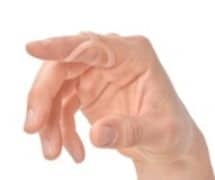
Buddy Taping
Buddy taping, also sometimes called buddy wrapping, may be recommended in less serious cases. 3pp® Buddy Loops hold the injured finger to the finger(s) next to it. The healthy finger helps the hurt finger move without using the muscles of that finger. Buddy Loops are easy-to-apply and are washable and reusable.
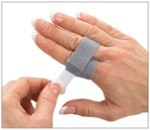
What Happens After I Wear a Splint?
Your doctor or therapist might prescribe stretching exercises and protective splinting or taping for sports activities after your splint or cast is removed.
Surgery
There may be situations where surgery might be the best course of treatment. Surgery can help improve your finger function and reduce the pain, but may not fully correct your condition. Surgery may be needed if your tendon has been severed, displacement of a large bone fragment has occurred, or splinting has not improved your condition.
What Happens if I Don’t Have Treatment?
If the injury is very minor with just some swelling and stiffness, you may be able to fully recover your motion over time. It is possible, however, that you may always have some enlargement of your finger, even if you can fully straighten and bend it.
In more severe cases, where swelling is significant and you cannot straighten your finger on your own, you shouldn’t wait for it to improve by itself. Waiting, may prove to be too late to do anything about it.
There is a very small window of time when treatment can help. If treatment is delayed for a month or two, therapy and splinting are much less likely to help. If the joints are allowed to become stiff, results are even worse. It is very important to have your injury or condition properly evaluated by your health care provider as quickly as possible.
Like what you’ve read? Click here to subscribe to the blog!
Looking for More Information on Finger Splints?
Click on the images below
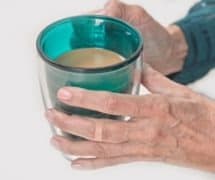
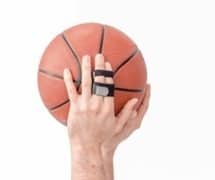
Watch Our Videos

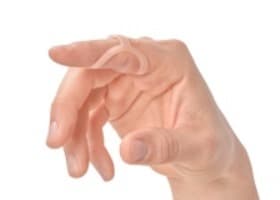
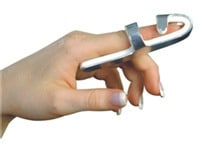
I have boutonniere deformity of my right small finger and would like to try the Oval-8 splints. I am currently using a DeRoyal size B. Can you tell me which size Oval-8 U I should order?
Thanks,
John
Hi John,
Thanks for your inquiry about Oval-8 finger splints. A member of our customer service team will be contacting you this morning via email to assist you with your sizing questions.